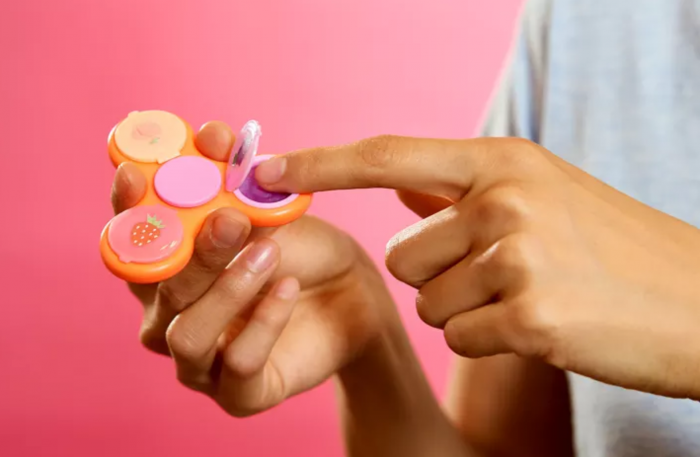
BuzzFeed is partnering with a “massive brick and mortar retailer” to sell…something, starting next month, Ben Kaufman, head of BuzzFeed’s product labs, told Recode’s Peter Kafka Wednesday at Recode’s Code Commerce conference in New York.
Kaufman wouldn’t identify whether the retailer is Target or Walmart (BuzzFeed’s target demographic seems like a better fit with the former) but said that BuzzFeed creative staffers partnered with merchants from “this particular retailer…to understand what the white space was in the store, and where there were areas of the store that hadn’t seen newness and innovation like other categories…literally locked them in a room for seven days and they created a brand-new product together.” The product, whatever it is, will be owned by the retailer’s private label. BuzzFeed helped them get it through the supply chain, it will be on shelves starting in the fourth quarter of this year, and BuzzFeed will “do our job bringing it to life through our platforms and channels.”
“Because the product was created with the editorial mindset and the data of BuzzFeed, we have a high degree of confidence that the promotion will work,” Kaufman said. Will it have BuzzFeed branding on it? Kafka asked. It “very well could,” Kaufman answered.
Another BuzzFeed product, fidget spinner lip gloss, is sold through BuzzFeed and at Sephora.com. It’s called Glamspin and has no obvious BuzzFeed branding. The company created it to “test how responsive our supply chain was” and “we are definitely playing around,” Kaufman said — but the $9.99 lip gloss was “the #9 SKU on Sephora.com the last time I checked.”
The New York Times is not planning to sell branded merchandise under the Wirecutter brand, according to David Perpich, president and general manager of The Wirecutter, which The New York Times acquired for a reported $30 million last fall. (The Times does, of course, sell a bunch of stuff, including meal kits, elsewhere.) The Wirecutter is “in the business of figuring out what the best product is and if we started our own branded versions of it, it would erode reader trust,” Perpich said.Still, Kafka argued, nobody at the Times might have imagined a few years ago that the Times in 2017 would be making affiliate revenue from selling TVs.
“Yeah, it’s definitely a change. There was a legacy feeling of, ‘there’s gotta be a wall between business and editorial,'” Perpich said. “But I think at the end of the day, as long as there’s a shared mission, a kind of North Star of ‘we’re in this to serve the reader and that’s the best long-term business decision and we can’t violate that,’ then that opens up world of possibilities to work together.”
Separately, the Times announced Wednesday that the site will be rebranded in October as just “Wirecutter,” dropping the “the,” and its home goods site, The Sweethome, which has been a separate site, will come under the Wirecutter banner.
The rebrand, set for October, will also mark the launch of the newly designed Wirecutter website, which draws extensively from the visual language of The New York Times. The single site will feature a new logo, colors and fonts as well as a mobile first user experience, with a single column design, more navigable homepage and even more emphasis on deals that help readers save money on recommended products.
The Times said that Wirecutter has “nearly doubled its staff and has grown its number of product recommendations by 40 percent” in the year since the acquisition.
You can watch video of the Recode panel here.
Leave a comment